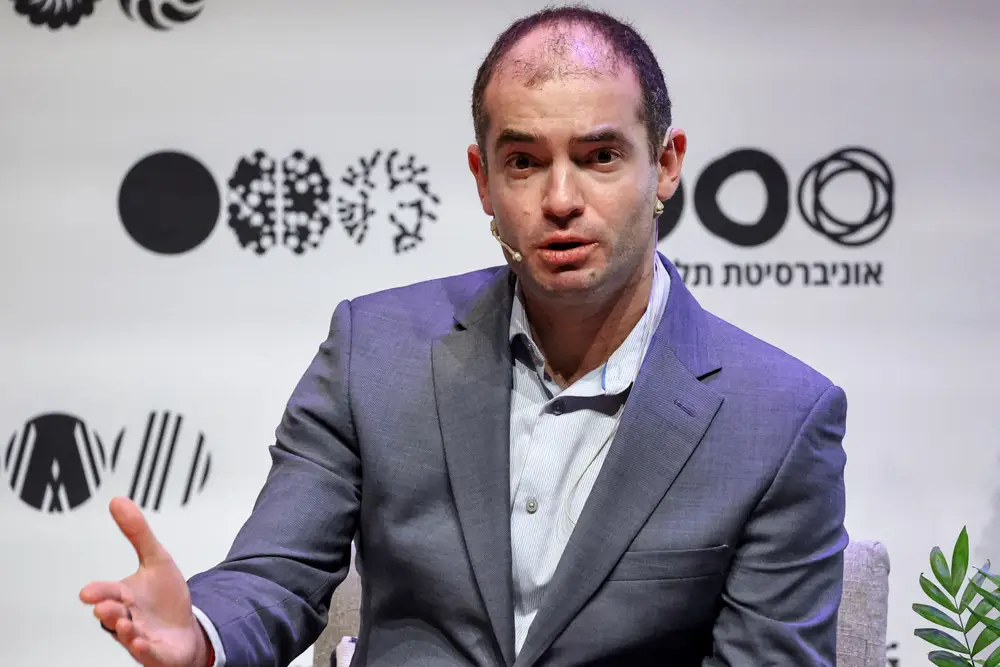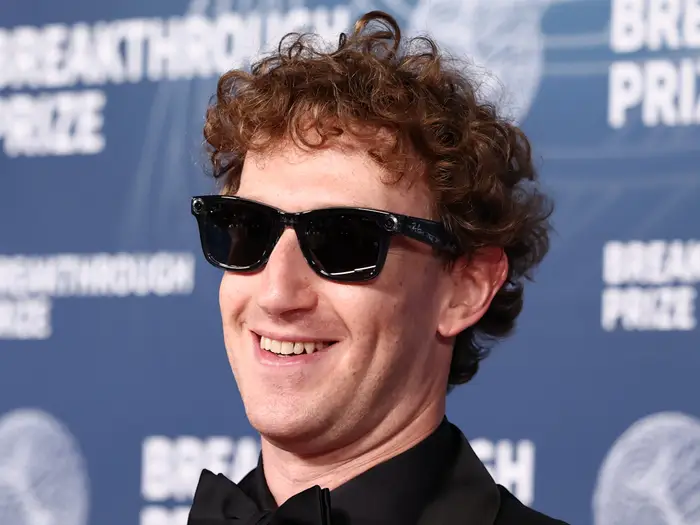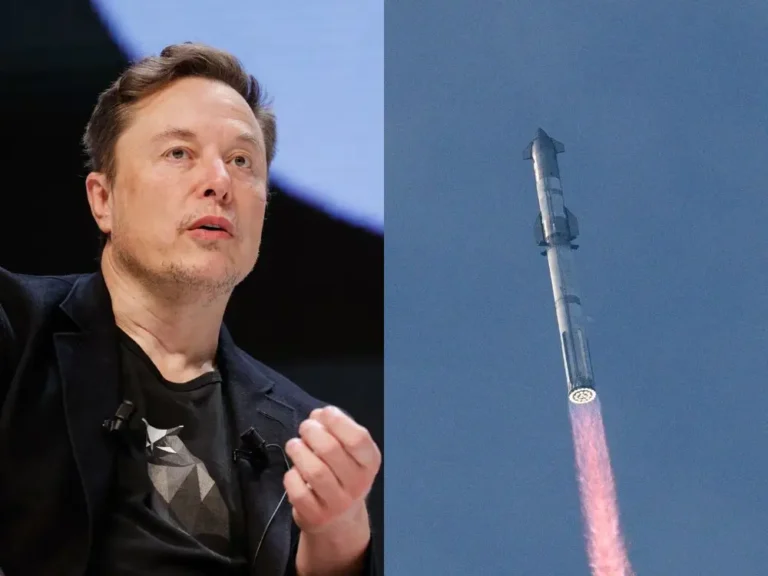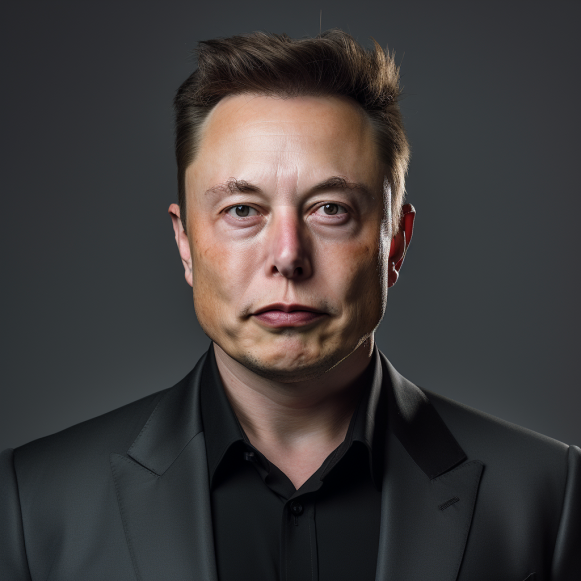AI labs are fragmenting because of ego clashes and commercial pressures. It’s about to drive a wave of new startups.

Ilya Sutskever’s new startup SSI raked in $1 billion in funding in September 2024.
The high-stakes race to build the world’s most powerful AI models attracts sharp minds and big personalities. But as AI labs work towards the sector’s holy grail, known as artificial general intelligence, those personalities have clashed — sometimes leading to a very public parting of ways.
In many cases, those researchers have left to form new AI startups that have attracted large investments from VCs.
Ilya Sutskever, OpenAI’s former chief scientist, raised $1 billion for his brand-new AI safety startup Safe Superintelligence in September 2024. He secured the backing of venture heavyweights Andreessen Horowitz and Sequoia before even launching a product.
Earlier this year, Black Forest Labs, launched by former Stable Diffusion executives, was said to be in talks to raise $100 million at a $1 billion valuation, TechCrunch first reported.
Paris-based H, launched by former DeepMind staffers, also raked in a $220 million pre-seed round from Accel and UiPath in May.
And SakanaAI, helmed by StabilityAI’s former chief operating officer, tapped $200 million from NEA. Arguably spearheading the trend was when former OpenAI executives broke away to launch rival lab Anthropic in 2021.
They are just some of the examples in a long line of AI labs that have fractured away from their juggernaut predecessors to form new startups.
Founders and investors anticipate that more are on the horizon.
Investor appetite for AI is sky-high
According to PitchBook, startups building foundational models, a form of generative AI that creates outputs from prompts, have raised a record $22.9 billion in VC funding so far in 2024. That’s up from the $18.4 billion secured in 2023.
It’s a sign that investor appetite for these capital and compute-intensive upstarts is high.
The trend of smaller AI labs fragmenting is set to continue in the coming year, according to an annual state of AI report published by Air Street Capital in October.
Driven in part by “a combination of scientific disagreement, commercial pressures, personality clashes, and availability of capital,” the report anticipated that the shift was a signifier of “an ecosystem deepening.”
Personality clashes are driving the divide
Four months after launching, three of H’s cofounders announced that they would leave the startup before launching it launched its first product due to “operational differences.”
As witnessed in the rift between Sutskever and his OpenAI cofounder Sam Altman, a divide in personal values and egos is increasingly driving these fractures.
It’s an ego-driven phenomenon, according to Noel Hurley, an ex-VP at Arm who then took on the mantle of CEO at Literal Labs, a startup building an efficient AI. Many of these players “have been told they’re brilliant, so they believe it,” he told B-17.
“I think they are also slightly encouraged by the venture capital community,” he added. “They’re always looking for superstars and so, and once they find a superstar, what they’ll do is they will raise, and they will inflate that superstar because then that helps them pass that investment on.”
As well as a mix of egos, which “manifests as personality clashes and politics,” a key factor is also the “different directions folks want to take their work in,” said Nathan Benaich, founder and general partner at Air Street Capital.
For example, up-and-coming juniors who are promoted to senior levels may want to take their research in a particular direction, but their projects may not be prioritized, he said. “Therefore, this sets them out on their own.”
A key issue within larger organizations is that they often “struggle with agility due to bureaucracy and internal constraints,” said Samir Kumar, general partner at Touring Capital, pointing to H and Mistral, both of which were launched by ex-DeepMind and Meta staffers. “This can frustrate researchers who feel that their ideas and directions aren’t being resourced or pursued with the urgency they require.”
He added: “Talent who want to push the envelope often find it easier to branch out and start their own ventures where they have more control and flexibility.”
Implications for the wider AI ecosystem
Although current incumbents have structural advantages, Kumar also expected waves of new companies “at the frontier of the gen AI shift.” In other words, it’s all still to play for because “the winners in the first wave aren’t necessarily the long-term winners,” he said.
In October, former DeepMind research scientist Peter J. Liu announced he was leaving the AI lab with fellow researchers from Google Brain to work on something new. He saw in-house research as an essential tool in turning “a flaky tool into an indispensable demo” — but ultimately said that “a cracked team can get a lot more done with far fewer people these days.”
While such major AI labs are seeing researchers splintering away, Hurley anticipates a “yo-yo effect” in which these new labs will eventually be consolidated under two to three major entities. The exception would be if AI labs pivot toward building a niche model within a specific vertical, he said.
Benaich agreed with the sentiment, pointing to the intensive costs needed to run these labs. “If your competitors are like pseudo vertically integrating to get access to data centers and data and product and users, then I don’t see how you can compete with that by raising a $20 million, $30 million or $100 million round,” he told B-17.
He anticipated a wave of newer AI labs to enter the market in the near future. “As the months go by, they can create real revenue — and then non-believers get converted to believers on the investing side, on the private markets,” he said.
“Plus, they see high valuations and share prices and growth, so public companies are more and more likely to want to balance having exposure to labs, and so the markets fulfill the demand,” he added.






